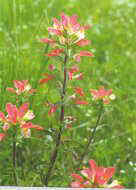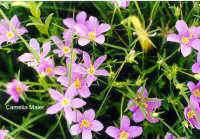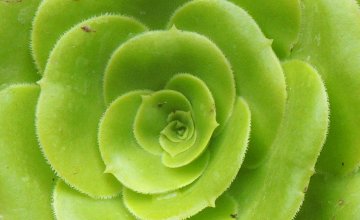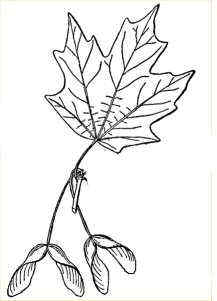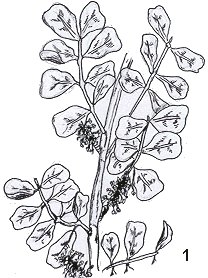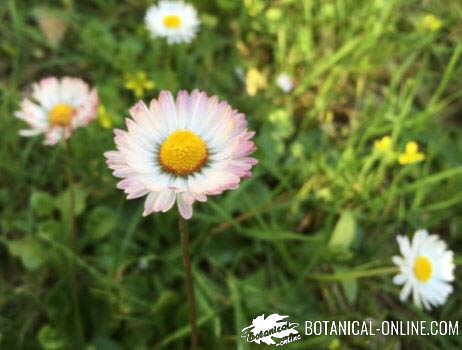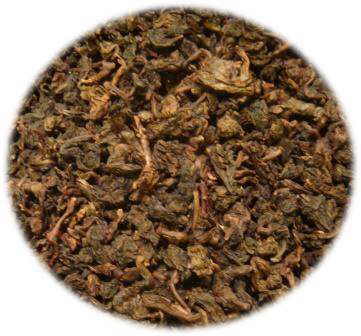FLOWERS OF TEXAS AND OKLAHOMA
Flora
To get a bigger image, just click on the photograph.
![]()
Texas bluebonnet (Lupinus texensis, Fabaceae), endemic to Texas and in its two varieties here. It is Texas’ state flower and is planted by the Highways Department in its roadside as part of the beautification and erosion-control programs.
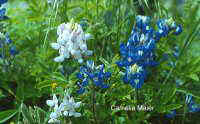 |
Many species of bluebonnet have alkaloids (e.g., lupinine) and can cause poisoning in humans or livestock.
It was adopted as the state flower of Texas in 1901 and in 1971 an additional resolution included “any other varieties of bluebonnet” as the state flower, and, because there are six Lupinus species in Texas, there are six state flowers. Denton, Texas.
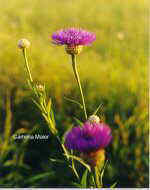 | Basket flower (Centaurea americana, Asteraceae), a very common wildflower. Ardmore, Oklahoma |
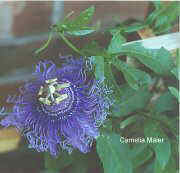 | Passionflower (Passiflora incarnata, Passifloraceae) was cultivated by native Americans for the edible fruits (arils). The flower is unusual and very showy. Larvae of the butterfly family Heliconiidae feed on its leaves. The larvae and adults are distasteful to birds and other predators due to substances obtained from the passionflower leaves. The plant developed a number of interesting anti-herbivore mechanisms, including egg mimics on the petioles that apparently discourage butterflies (Heliconiidae) to lay their eggs. Denton, Texas. For comparison with European passionflower |
TEXT AND PHOTOGRAPHS: CAMELIA MAIER
![]() More information about Montseny.
More information about Montseny.

